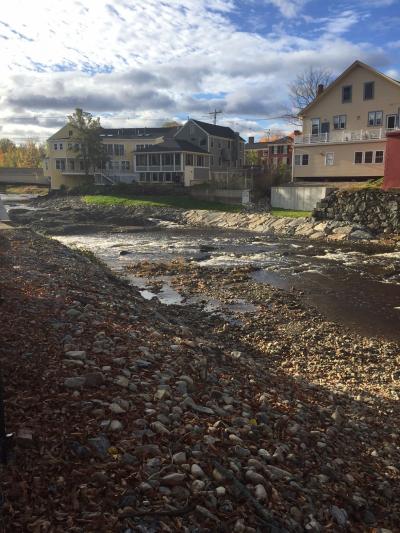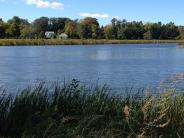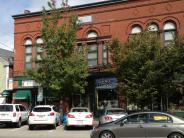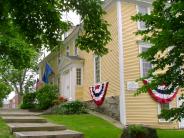Historic Exeter
Exeter has a rich history that dates back to 1638 when it was founded, over 130 years before the American Revolution! Many areas of the town are significant to both New Hampshire and American History.
Exeter Historical Society
The Exeter Historical Society is dedicated to the study of local history; the gathering and preservation of records, traditions and other historic material concerning Exeter and related towns. The Historical Society has many program and meetings held throughout the year. Refreshments, 7 pm, Program, 7:30 pm unless otherwise noted. Programs are held at 47 Front Street, Exeter. Website: www.exeterhistory.org.
The Swasey Parkway
Swasey Parkway was a gift to the Town of Exeter from Ambrose Swasey in November 1931. The Parkway follows the Squamscott River and is lined with trees and park benches for all to enjoy. It is one of Exeter's most important destination areas.
A new Pavilion was completed on the Parkway in 2007. Today, the Pavilion is used for Parks and Recreation summer concerts on Thursday nights (seasonal) and other events. The park is the perfect place for outdoor activity. Jogging, picnics, walking, or just enjoying the fresh air. You will often see PEA scullers practicing in the Squamscott River adjacent to the Parkway.
American Independence Museum
Discover the stories behind America’s revolutionary past and how they relate to your experiences today by visiting the American Independence Museum. Located in historic Exeter, New Hampshire, the museum features stories of the brave men and women who overcame their uncertainties about freedom from Great Britain and established our country. While it is known for its July 21st Independence Festival, the American Independence Museum has programs and events planned throughout the year.
For a list of the Museum's events and schedule, Click Here.
Gilman Garrison House Water Street
Built in 1709, the Gilman Garrison House was the home to the original Gilman family. Owners of Exeter's first sawmills, the Gilman family constructed a beautiful building and continually added on to the original building throughout the eighteenth century. The building was restored by William Dudley in 1966 and was transformed into a regional history museum. The site is currently owned by Historic New England and tours of the Gilman Garrison House are conducted on a periodic basis. For more information please visit their website.
Exeter and Squamscott Rivers
The Town of Exeter was a busy seaport in the early 1700s, with gundalow boats making their way up to what is now Swasey Parkway from Great Bay to transport lumber to England. The Exeter River becomes the Squamscott south of the String Bridge, located adjacent to Kimball's Island in downtown Exeter. In 2016, the Town undertook a major river restoration and dam removal project by removing the Great Dam, which had previously been located next to Founder's Park downtown. This removal and restoration has been completed and will result in improved water quality throughout the town.
The Bandstand
The Bandstand that is located at the intersection of Water & Front Streets was a gift to the Town of Exeter from Ambrose Swasey in 1916. It replaced a wooden bandstand that was in the same location that was built in 1895.
The Exeter Brass Band was founded in 1847 and has held summer concerts in the Bandstand since then. The Brass Band still plays there each Monday night in July. Brass band concerts are recorded and show periodically on community access channel 98.
The Bandstand remains the hub of Downtown Exeter and the Historic District. Many of the town's most pleasant structures are located within a stones throw of this location.
Click any thumbnail image to view a slideshow





